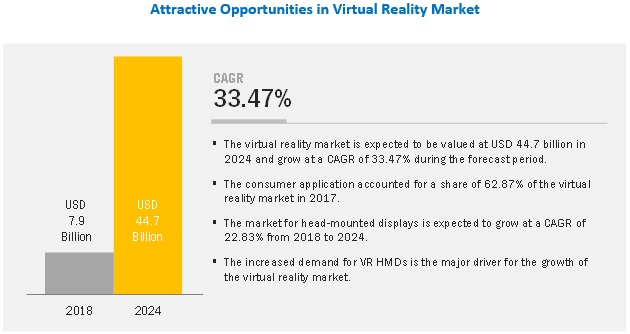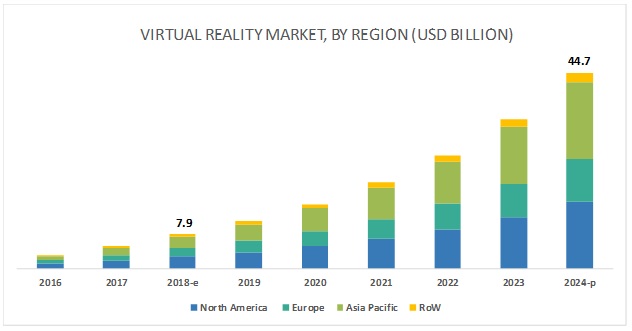Insights into the growth of South African eCommerce with payment methods, target audiences, marketing, social media, economy and logistics all profiled
Economy
South Africa is home to 55.91 million people with a total GDP of 294.84 billion USD and is ranked as the 30th richest country, according to the World Bank GDP per capita rankings. South Africa's GDP per capita is currently 4,826 USD and expected to reach 5,352 USD by 2021.
Digital User Insights
There are currently 18.43 million eCommerce users in South Africa, with an additional 6.36 million users expected to be shopping online by 2021. Four years from now, these 24.79 million eCommerce users will spend an average of 189.47 USD online.
7% of South African shoppers spend less than 30 minutes online, compared to 12% who spend up to an hour, 22% who spend 1 to 2 hours, 18% who spend 2 to 3 hours, and 42% who spend 3+ hours online.
Product Categories
Total South African eCommerce revenue across all product categories is 2.69 billion USD, and is expected to grow to 4.7 billion USD by 2021. Electronics & Media is currently the leading product category in South Africa, accounting for 964.2 million USD market share, followed by Furniture & Appliances, which generates 553.7 million USD in sales.
By 2021, Electronics & Media will still be the most purchased online category, with an estimated value of 1.38 billion USD, and second favorite, Furniture & Appliances, will have an expected worth of 1.07 billion USD.
Logistics
In 2016, South Africa was ranked 20th in the World Bank Logistics ranking.
Preferred Online Payments
54% of South African online shoppers like to pay cash on delivery, and 52% also like to pay with debit card.
Where does South Africa buy from?
China supplies South Africa with 15.5 billion USD in imports – ranging from gold to cars. South Africa's other key import partners are Germany (7.03 billion USD), the US (5.47 billion USD), Nigeria (4.58 billion USD) and India (4.18 billion USD).
Internet and Device Usage
Internet penetration in South Africa is currently 51.9%, and should reach 59.5% by 2021. Smartphone penetration is a lot less (28.6%), but is projected to grow to 37.2% in the next four years.
60% of online shoppers in South Africa buy via desktop, and 55% and 38% often shop via mobile and tablet respectively.
Marketing
In 2015, digital advertising spend in South Africa was estimated to be 284.82 million USD. That same year, 1.22 billion USD was spent on South African television and video advertising.
Social Media
12 million people in South Africa are active monthly social network users, thanks to Facebook, YouTube, WhatsApp and Messenger, which are the leading social networks.
ARTICLE:
Article published on www.eshopworld.com
















